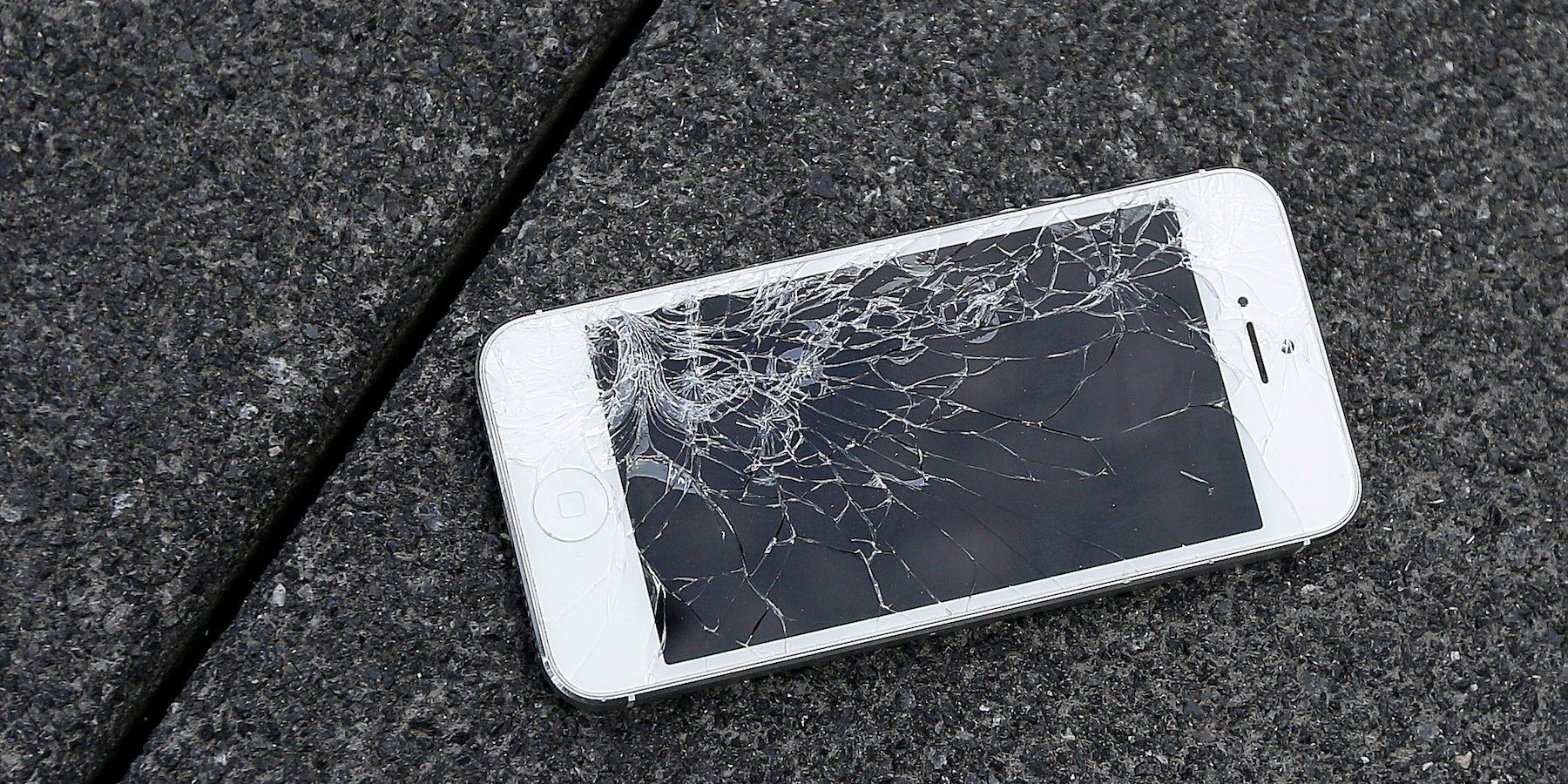Sounds like magic? Chemists in Japan have just invented a new type of glass that can heal itself when cracked or broken. All it takes is a little squeeze – the glass is able to repair the damage if the broken surfaces are pressed together.
In a laboratory demonstration, University of Tokyo researcher Yu Yanagisawa broke a piece of this glass in two. After holding the pieces in place for 30 seconds, the glass glued the fragments together so seamlessly that it looked almost identical to its original form. The repaired glass fragments didn’t budge either when Yanagisawa hung a bottle of water from it to show its strength. If compressed for a few additional hours, the researchers said that the glass would regain and retain its original strength.

Sticking like magic with hydrogen bonds
Yanagisawa developed this almost accidentally, when he was trying to discover glue that works on wet surfaces. The discovery, it seems, was just was surprising for Yanagisawa as it was for everyone else; Yanagisawa told the NHK that he didn’t believe it at first and repeated experiments over and over to confirm that it’s real.
Strictly speaking, this new material isn’t glass. It’s something called polyether thiourea, an organic glass-like substance with properties closer to acrylic than mineral glass. Thiourea forms hydrogen bonds between broken glass fragments – this is what give it self-adhesive properties.
Other scientists have already developed self-healing rubber, plastics, and gels. Yanagisawa’s thiourea, however, is the first “hard” material that can repair itself in room temperature. Something like this would typically have to be molten with heat.
Are we finally free from broken smartphone screens, then? Yanagisawa says it’s too early to get our smartphones to self-heal, but he hopes the new discovery makes glass-based products like car windows, fish tanks, and even toilet seats more durable and longer-lasting.

Reducing hard waste
When glass is broken and becomes useless, it can only be recycled at high temperatures. If it’s not recycled, glass gets sent to the landfill, where it stays for centuries to come. In fact, according to the US Environmental Protection Agency, only 34% of glass containers were recycled in the US in 2014.
Yanagisawa explains that glass can shatter without sudden physical impact, if stress builds up over time. “When a material breaks, it has already had many tiny scars that have accumulated to result in major destruction,” Yanagisawa told AFP.
His thiourea is a step towards solving that problem, as it can repair tiny, invisible damage as they happen.
“We may be able to double or triple the life span of something that currently lasts for 10 or 20 years,” he said.
The researchers write that self-healing materials like this are essential if we are to transform into a sustainable society. Yanagisawa added that he would be happy to see this new substance used as an eco-friendly material. “I hope the repairable glass becomes a new environment-friendly material that avoids the need to be thrown away if broken,” he told NHK.

